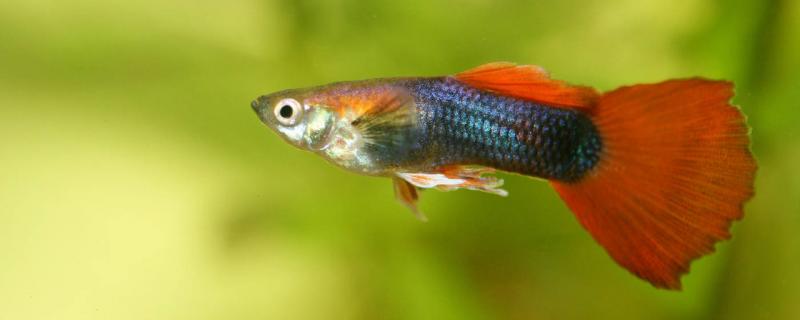 1. How to prevent guppies from eating small fish
1. How to prevent guppies from eating small fish 1. Isolation: guppies have no habit of protecting small fish. If they do not take measures during production, small fish will probably be eaten by big fish. To prevent small fish from being eaten, it is best for breeders to place a partition net when they are produced, so that small fish can leak to the bottom of the fish tank through the gap in the partition net. When the breeder chooses the net, the gap should not exceed 2 cm.
2. Planting aquatic plants: If breeders want to avoid eating small guppy fish, they'd better plant more aquatic plants in the fish tank. In this way, small fish can hide in aquatic plants after birth, and can also avoid being eaten by big fish. When they are born for about a week, they will swim more flexibly, so that breeders no longer need to worry about them being eaten by big fish.
2. How to raise small guppy fish1. Water temperature: The adaptation range of small guppy fish to water temperature is not wide, so it is best for breeders to keep the water temperature at about 25 ℃. At ordinary times, the temperature difference should be controlled within 2 ℃ to avoid discomfort.
2. Water quality: guppies like weakly alkaline water quality, and small guppies have low requirements for water quality. When raising artificially, it is only necessary to keep the water clean and fresh. In the week before their birth, breeders should try not to change water, so as to avoid the fluctuation of water quality affecting their normal growth.
3. Feeding: Guppies are born with vitellotin, which is enough for them to absorb for 2-3 days. Breeders can try to feed them three days after they are born, but the amount of feeding should not be too large, and the amount of each feeding can be eaten within three minutes.